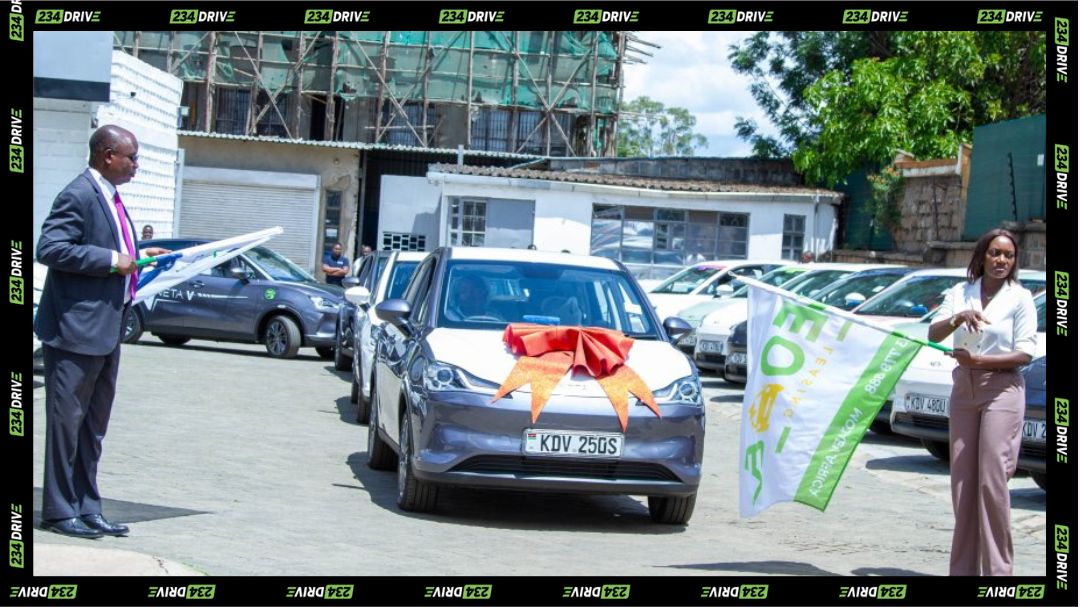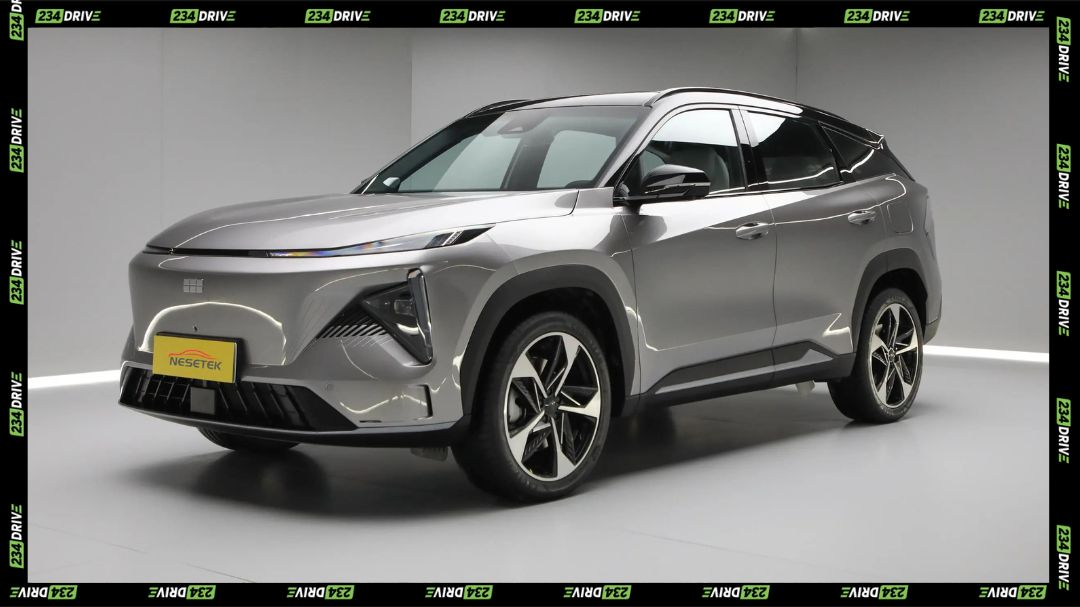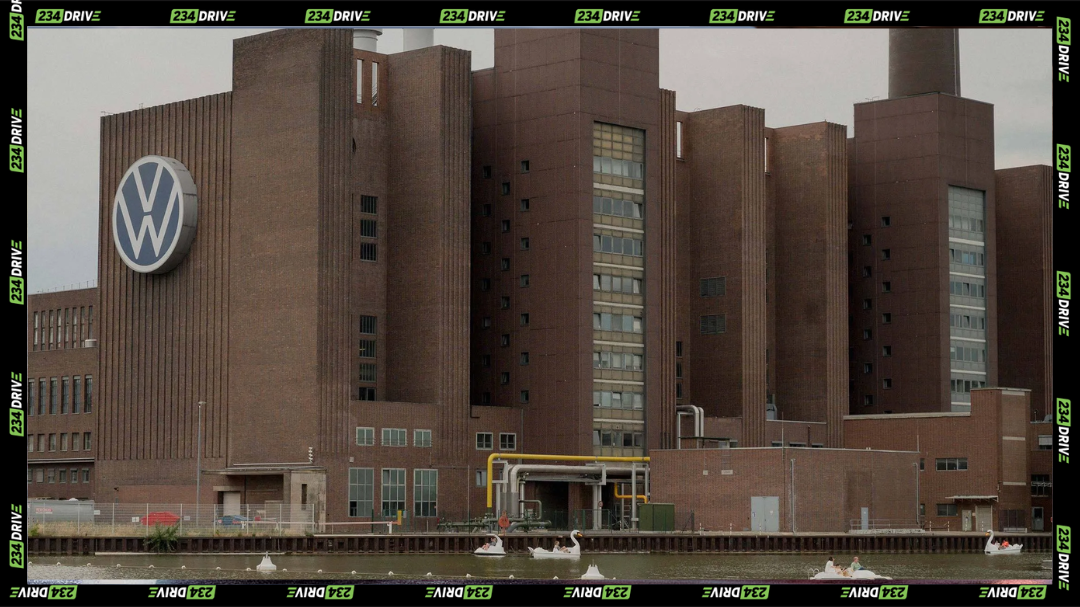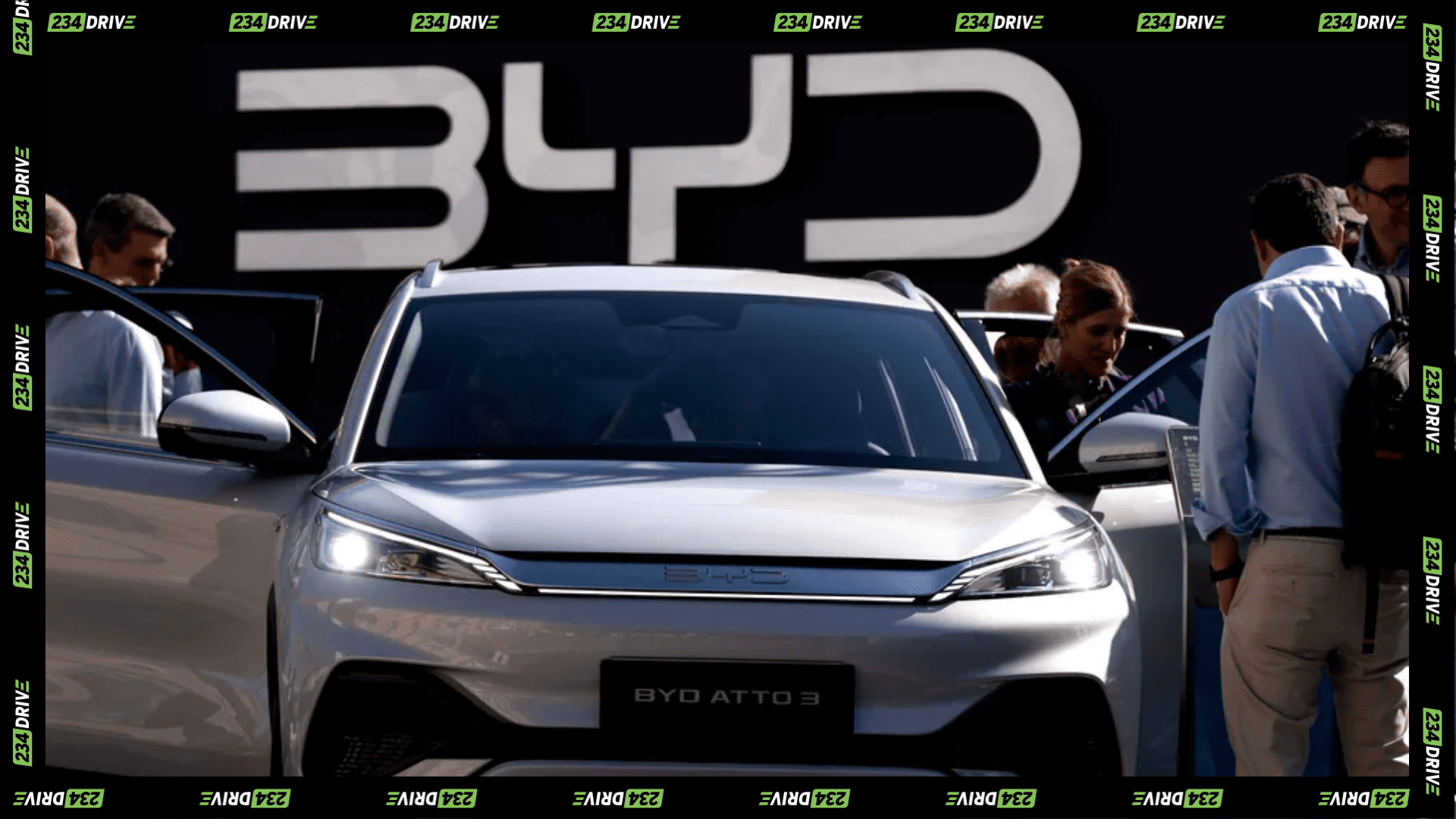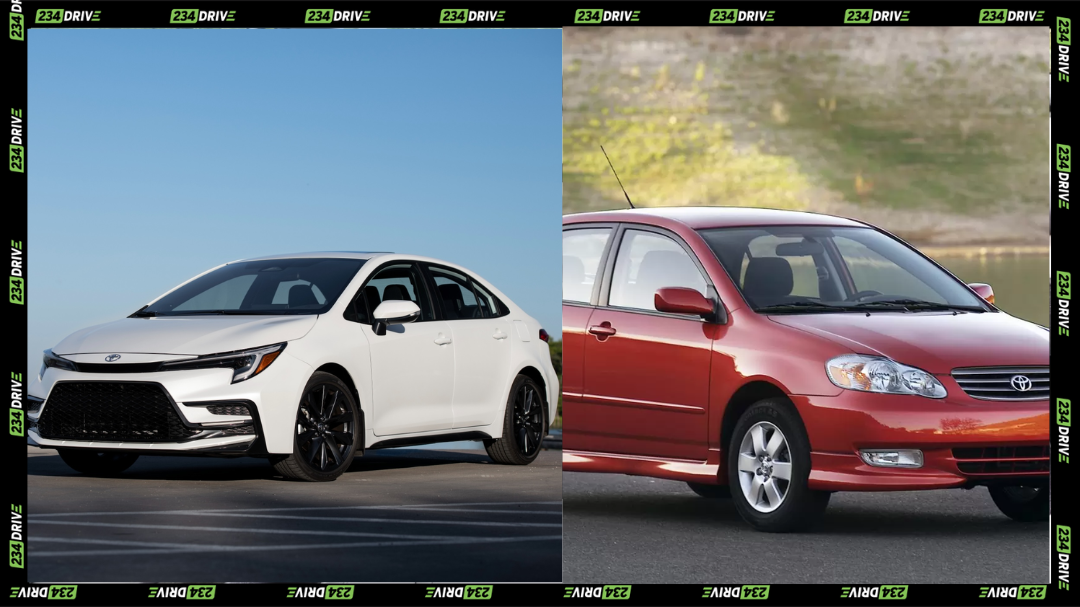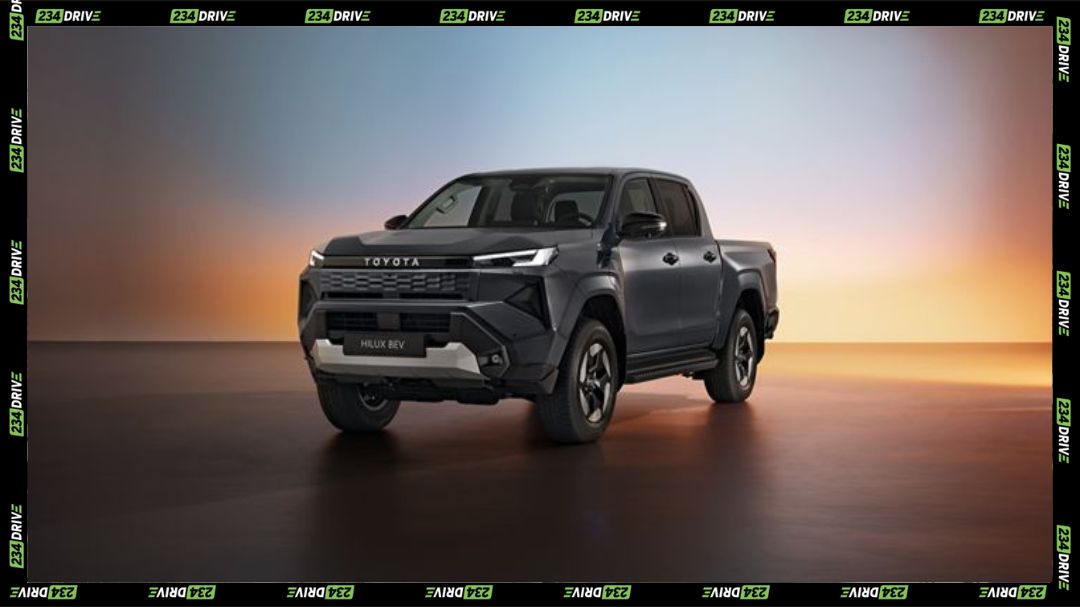The LDV D90 has officially joined South Africa’s SUV lineup, marking LDV’s most ambitious move yet in the region. Revealed at the Festival of Motoring in Johannesburg in August 2025, the full-size seven-seater SUV brings diesel power, premium interiors, and serious off-road intent—without the hybrid gimmicks some reports claimed.
LDV, a brand under SAIC Motor, launched three models at the event: the Terron 9 bakkie, the Deliver 9 van, and the D90 SUV. Positioned squarely against the Toyota Fortuner, Ford Everest, and Isuzu MU-X, the D90 targets family buyers and off-road enthusiasts who want size and performance at a competitive price. Pricing starts at R799,900 for the Elite and R899,900 for the Flagship, each backed by a 5-year/200,000km warranty and 5-year/100,000km service plan.
Powering the D90 is a 2.0-litre twin-turbo diesel engine producing 160kW and 500Nm of torque. It’s paired with an 8-speed automatic transmission and a 4WD system featuring rear differential lock on the Elite, and front, centre, and rear locks on the Flagship. This setup ensures reliable traction across South Africa’s challenging terrains—from sandy trails to gravel roads. Fuel consumption averages 9.1L/100km, offering a blend of muscle and efficiency for long hauls.
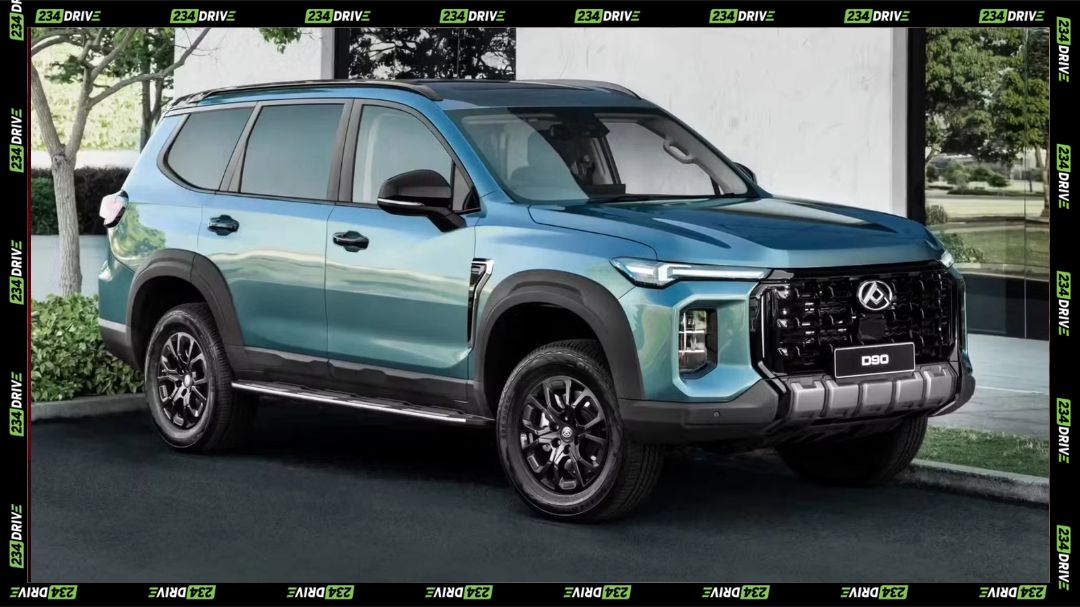
The D90’s adaptive terrain modes—Auto, Sport, Eco, Sand, Gravel, Snow, and Rock—make it well-suited for South Africa’s diverse conditions. Its 230mm ground clearance and ladder-frame chassis underline its durability, while the 3,100kg towing capacity adds practical muscle for caravans or trailers. Unlike early rumours, this version isn’t hybrid or electric; it’s all diesel, built for endurance and range rather than silent cruising.
Inside, the D90 leans more premium than budget. It seats seven across a 2+3+2 layout, offering 343 litres of boot space (or 1,350 litres with the third row folded). The cabin features dual 12.3-inch displays, wireless charging, and tri-zone climate control. The Flagship trim steps up with leather upholstery, ventilated seats, and a 12-speaker JBL system. Both variants come equipped with 360-degree cameras, adaptive cruise control, and blind-spot detection, ensuring LDV’s safety standards rival Japan’s best.
The D90’s arrival marks LDV’s formal push into South Africa’s premium SUV space, where trust and aftersales service often define brand success. SAIC Motor’s backing gives LDV the manufacturing scale and tech depth to challenge Japanese and American incumbents. However, LDV’s long-term test will be durability perception—convincing South Africans that Chinese-built SUVs can perform as reliably as established rivals.
With pricing undercutting most competitors, LDV’s value-driven strategy mirrors its success in markets like Australia, where the D90 already competes in similar diesel form. Its clean yet muscular design and comprehensive feature list help position it as a serious player, not a budget experiment.
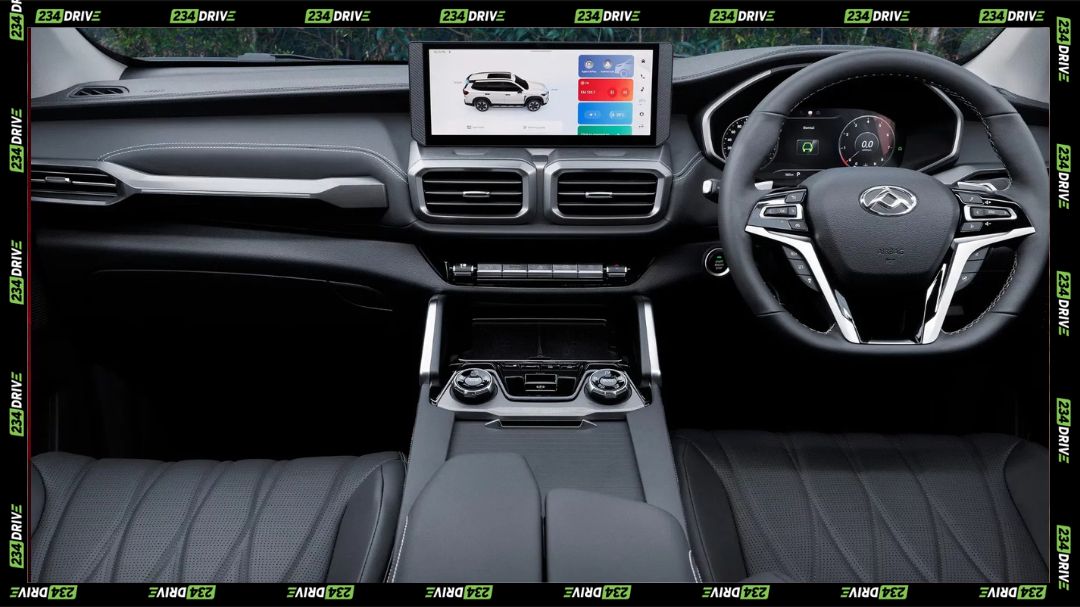
Against segment leaders, the D90 holds its ground. The Fortuner offers marginally better fuel economy, while the Everest leads in towing capacity. Yet, the D90 delivers superior torque at a lower price, making it a compelling alternative for large families or fleet operators.
- LDV D90 starts at R799,900. It uses a 2.0L twin-turbo diesel engine producing 160kW and 500Nm. Fuel economy averages 9.1L/100km. It seats seven and tows up to 3,100kg.
- Toyota Fortuner is priced around R800,000. Powered by a 2.8L diesel engine delivering 150kW and 500Nm. It returns 8.0L/100km, seats seven, and tows 3,000kg.
- Ford Everest costs about R900,000. Its 2.0L bi-turbo diesel produces 154kW and 500Nm. It averages 7.5L/100km, seats seven, and can tow 3,500kg.
- Isuzu MU-X is roughly R750,000. It runs a 3.0L diesel engine with 140kW and 450Nm. Fuel economy stands at 8.3L/100km, seating seven with a 3,500kg towing capacity.
The 2025 LDV D90 enters South Africa not as a hybrid or electric experiment but as a robust diesel SUV designed for those who still value torque, toughness, and practicality. It may not revolutionise the segment, but it certainly expands the playing field. For South African drivers seeking capability without the badge tax, the D90 offers a real-world alternative to long-dominant Japanese options.
The D90’s arrival signals a new phase for Chinese automakers—less imitation, more ambition. The question now: can LDV’s durability and service network keep pace with the expectations of South Africa’s most demanding SUV owners?



